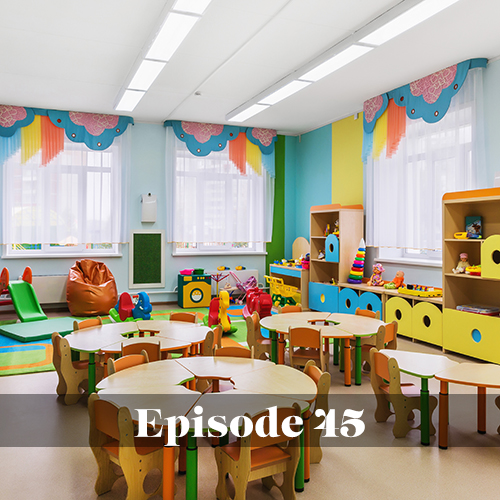Many things can facilitate a transition to a new school both at the beginning of the school year and throughout the year and it can be a stressful time for families and their students. Joel speaks in this episode with Barney Arnold, a kindergarten teacher for many years in Carlisle, Massachusetts, about the key steps to recognizing a successful school.
“We ask so much of our teachers, we ask so much of our administrators but because of technology, we do expect that there is going to be consistent communication.” — Joel Gagne
Visiting the School
There are clues to the welcoming nature of a school and its investment in its students that are evident just on walking into the building. Is the kids’ work featured? Are there notices about activities? Is the mission statement visible? But fundamentally, the staff — both the administration and the teachers — should be the primary focus when reviewing a school. “Does the staff have a clear sense of their mission? Are they excited about teaching? Is their focus kid-centered?”
Look to the leaders to see if they are modeling the vision of the school as well as excitement for education. Is the principal visible? Does he/she know students by name? Do the administrators attend extracurricular activities?
Attending public school events will help parents get a good sense of the community engagement and the overall
What should parents look for when visiting prospective schools, especially for younger students?
How is the room set up? Are there different areas to encourage different learning disciplines and needs of the students?
The goal of kindergarten should be learning social and emotional skills and how to learn and work in a community so a focus on this both in the physical space but the attitude of the teacher is critical.
What are some red flags and/or important questions to ask?
Look for classroom management issues. Specifically with younger teachers, ask if there is a mentorship program to help them transition from their own education to real-life management of a classroom.
Visit a classroom during the day and look for a lack of engagement. Also note that physical clutter can indicate mental clutter.
Barney is quick to point out some positive programs that can really impact a family’s transition to a new school. Pairing new families up with veteran families can help navigate the culture and figure out the finer points of the day-to-day routine at a school such as lunches, absences, volunteering, etc. Teachers who make a point to create extra time (before school, during lunch) to meet with new students and their parents can help create a true sense of partnership and open the door for ongoing communication. If the only time you hear from your teacher is at a formally scheduled parent-teacher conference or when your child has done something inappropriate, then you don’t feel particularly welcome or that there is a successful collaboration.






